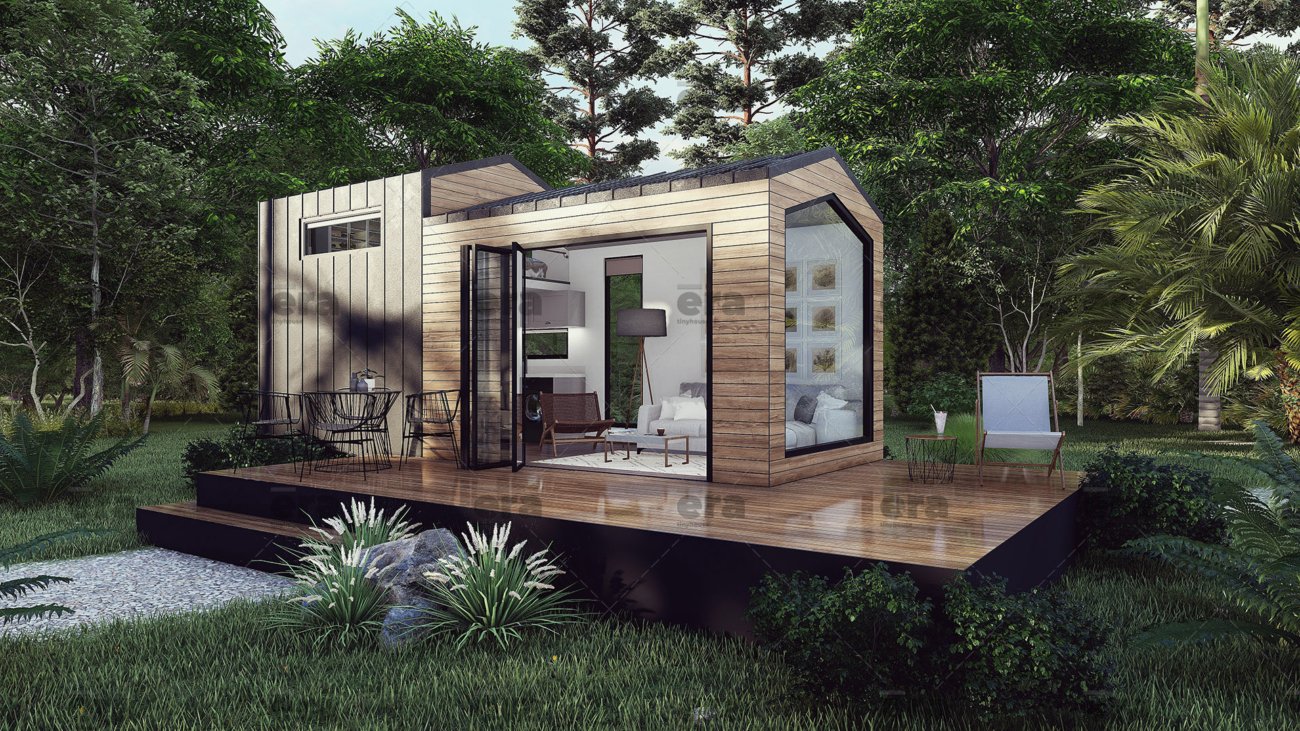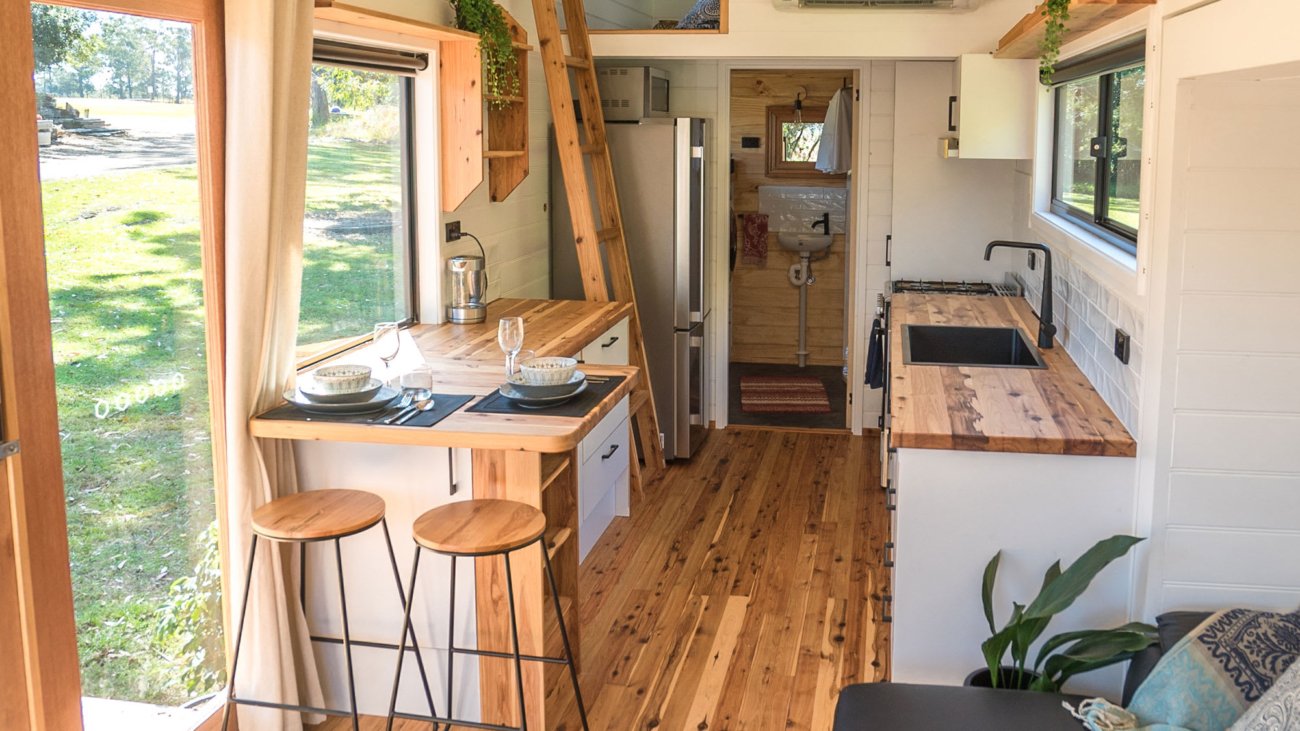The tiny house movement has attracted many people looking to simplify their lives, reduce their environmental impact, and lower their cost of living. However, living in a tiny house is not for everyone. Before making the switch, it’s important to weigh the pros and cons of tiny house living to determine if it’s the right choice for you.
Pros of Living in a Tiny House
- Affordability: One of the main reasons people choose tiny homes is the significant cost savings. Tiny houses are much more affordable than traditional homes, and many people can buy them outright without taking on a mortgage.
- Lower Environmental Impact: Tiny homes require fewer resources to build and maintain. They also use less energy, making them more eco-friendly. Many tiny house owners implement green living practices such as solar panels, composting toilets, and greywater recycling.
- Mobility: If you opt for a tiny house on wheels, you’ll have the flexibility to move your home wherever you want. This is perfect for those who love travel and adventure but want the comfort of taking their home with them.
- Simplified Living: Tiny houses encourage a minimalist lifestyle, focusing on living with less and prioritizing meaningful experiences over material possessions.
Cons of Living in a Tiny House
- Limited Space: The most obvious drawback of a tiny house is the lack of space. With only a few hundred square feet to work with, it can be difficult to store belongings, host guests, or move around freely.
- Zoning Laws and Regulations: In some areas, it may be difficult to find land where tiny houses are legally allowed. Zoning laws and building codes vary from place to place, and you may face restrictions on where you can park or place your tiny home.
- Limited Storage: Downsizing to a tiny home means you’ll need to significantly reduce your belongings. While many people find this liberating, others may struggle with the lack of storage.
- Privacy: If you live with a partner or family in a tiny house, privacy can be an issue. The confined space may make it difficult to have time to yourself.
Conclusion
While tiny house living offers many benefits, including affordability and eco-friendliness, it’s not without its challenges. The limited space and legal restrictions can be difficult to navigate for some. If you’re considering making the switch to a tiny house, carefully weigh the pros and cons to determine if this lifestyle aligns with your goals and needs.



